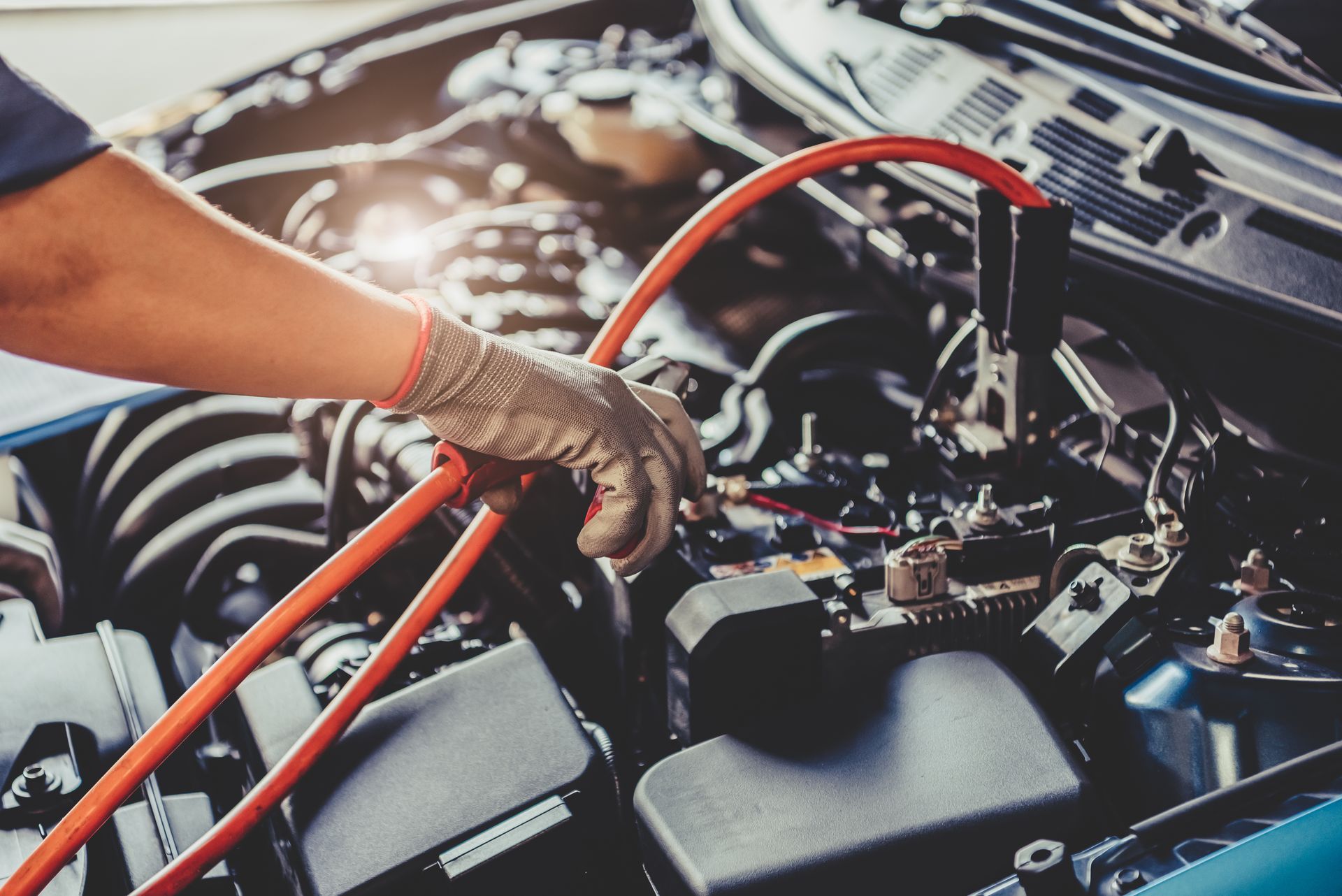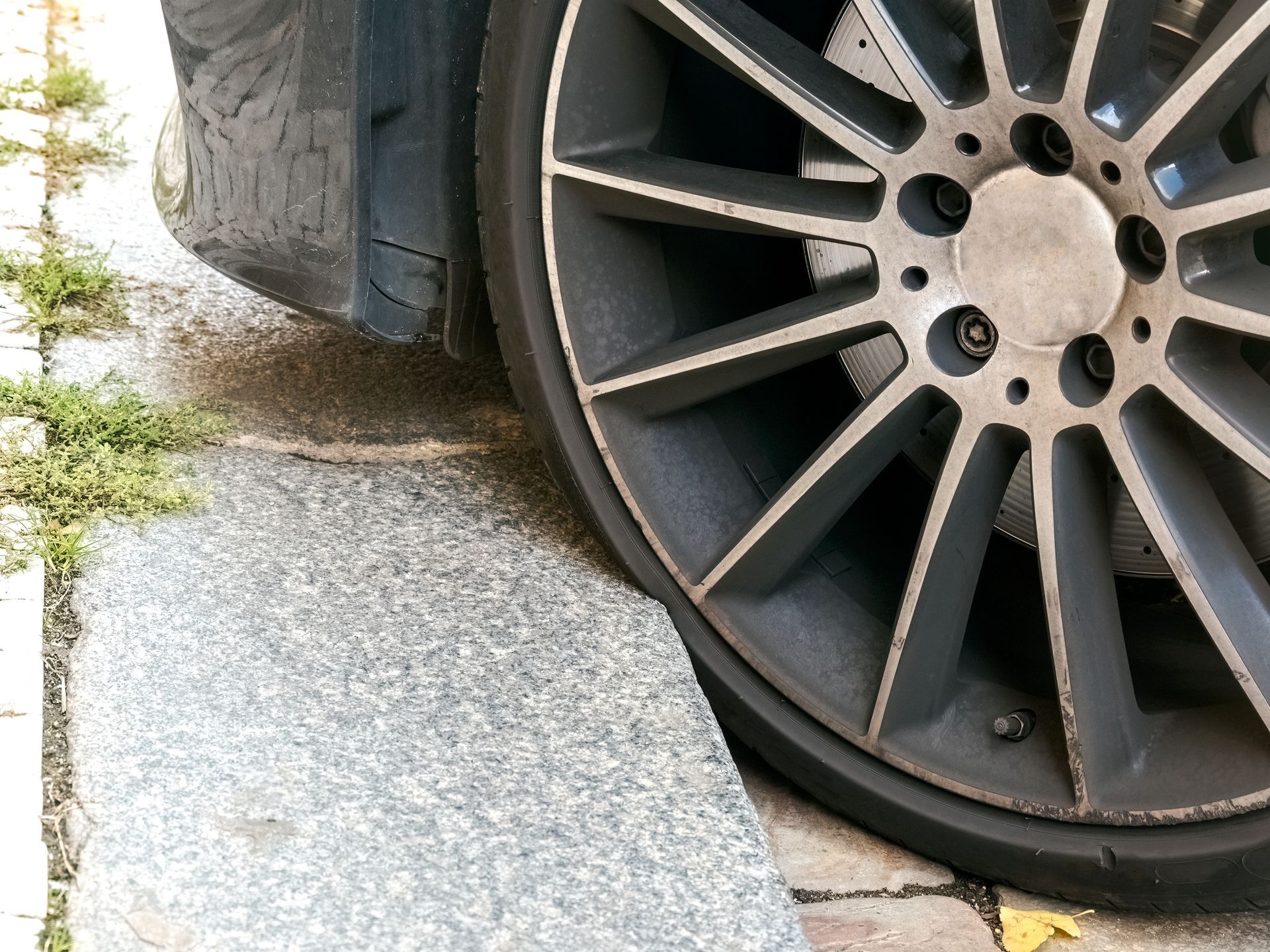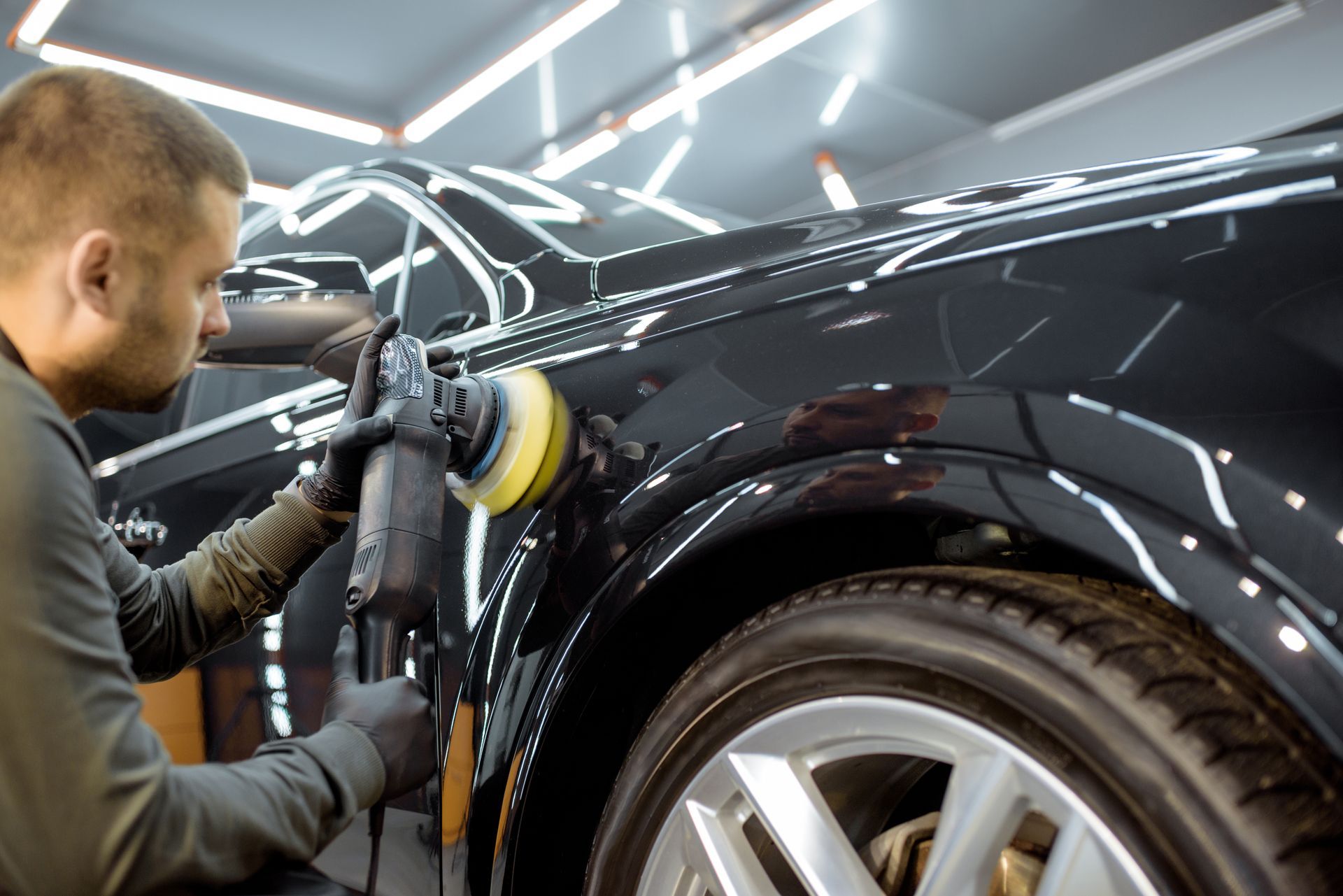Driving should be a smooth and enjoyable experience, but when your car starts bouncing excessively, it can turn every trip into an uncomfortable ride. Bouncing not only affects your comfort but can also signal underlying issues with your vehicle's suspension system. Let's explore the common causes and fixes to get you back on the road with confidence.
1. Worn-Out Shock Absorbers or Struts
Shock absorbers and struts play a crucial role in stabilizing your vehicle by absorbing the impact from bumps and uneven road surfaces. When these components wear out, they lose their ability to dampen the shocks effectively, leading to excessive bouncing.
Signs of Worn Shocks and Struts
If you notice that your car bounces repeatedly after hitting a bump or seems to sway excessively around corners, it's a strong indication that your shocks or struts may need replacement. Additionally, you might observe fluid leakage around these components, which is a clear sign of failure.
Fixing the Problem
Replacing worn-out shock absorbers or struts is the best solution to this issue. While this might seem like a significant expense, it's required for your safety and comfort. Regular inspections can help catch these issues early, saving you from more costly repairs.
2. Tire Issues
Your tires are the only part of your vehicle that makes contact with the road, so their condition has a direct impact on ride quality. Overinflated or underinflated tires can cause your car to bounce excessively. Additionally, worn-out or unevenly worn tires can contribute to a rough ride.
Checking and Maintaining Tires
Regularly check your tire pressure to ensure it meets the manufacturer's recommendations. Inspect your tires for signs of wear and rotate them as recommended to promote even wear. If your tires are severely worn or damaged, replacing them will not only improve your ride quality but also enhance your vehicle's safety.
3. Suspension System Issues
The suspension system, including components like springs, control arms, and bushings, is designed to support your vehicle's weight and absorb road shocks. When any part of this system fails, it can lead to excessive bouncing.
Common Suspension Problems
Broken or sagging springs, worn-out bushings, or damaged control arms can all contribute to a bouncy ride. These issues can often be accompanied by noises such as clunking or creaking when driving over bumps.
Addressing Suspension Problems
A thorough inspection by a qualified technician can identify the specific issues within your suspension system. Replacing damaged components and ensuring everything is properly aligned can restore your vehicle's smooth ride.
4. Wheel Alignment Issues
Proper wheel alignment ensures that your tires wear evenly and your vehicle handles correctly. Misaligned wheels can cause uneven tire wear, leading to a bouncy ride and poor handling.
Symptoms of Misalignment
If your vehicle pulls to one side, the steering wheel is off-center when driving straight, or you notice uneven tire wear, it's likely that your wheels are misaligned.
Fixing Wheel Alignment
A professional alignment service can correct these issues, ensuring that your tires meet the road at the correct angle and improving your vehicle's overall ride quality. Regular alignment checks, especially after hitting a significant pothole or curb, can help maintain smooth driving.
5. Balancing Issues
Proper balancing of your wheels and tires is essential for a smooth ride. Imbalanced wheels can cause vibrations and bouncing, particularly at higher speeds.
Detecting Balancing Issues
If you feel a vibration through the steering wheel or floor of your car, especially when driving at highway speeds, it could indicate that your wheels are out of balance.
Correcting Imbalances
Balancing involves adding small weights to your wheels to ensure they rotate evenly. A visit to a tire shop can quickly resolve this issue, leading to a smoother and more comfortable ride.
Tired of the bumpy ride? Contact
Benz Elite Automotive to get your suspension system inspected and enjoy more comfortable driving.










